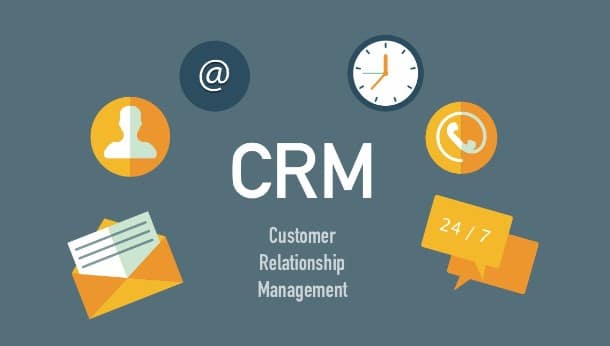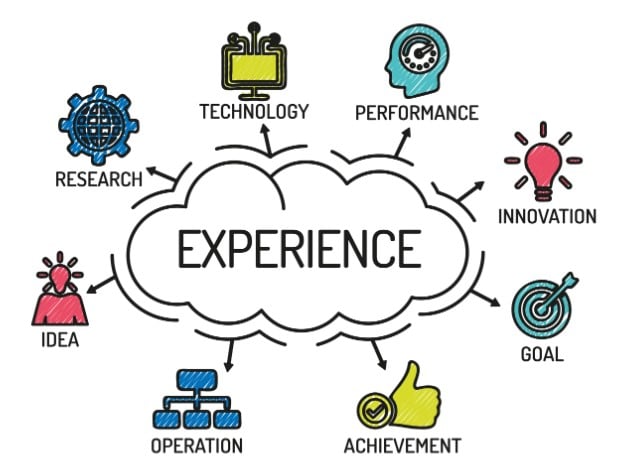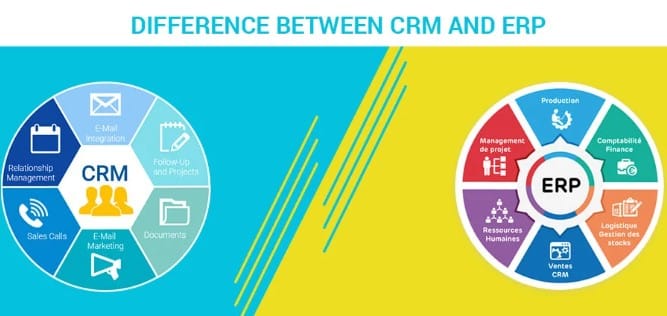In today’s competitive business landscape, maintaining strong relationships with customers is essential for long-term success. This is where Customer Relationship Management (CRM) comes into play.
A well-executed CRM strategy can help businesses build lasting connections, drive sales, and foster customer loyalty.
However, despite its potential benefits, many companies face challenges in effectively implementing CRM, leading to a failing CRM strategy.
In this article, we will explore common signs of a failing CRM strategy and provide actionable steps to revitalize it.

Understanding CRM (Customer Relationship Management)
What is CRM?
Customer Relationship Management (CRM) refers to the practices, strategies, and technologies that companies use to manage and analyze customer interactions throughout the customer lifecycle.
The primary goal of CRM is to improve customer satisfaction, enhance customer retention, and ultimately boost sales and revenue.
Importance of CRM in Business
Implementing a robust CRM system offers numerous advantages for businesses. It enables organizations to centralize customer data, streamline communication, personalize interactions, and identify valuable insights for informed decision-making.
A well-implemented CRM can be a game-changer for companies of all sizes, leading to increased efficiency and profitability.
Common CRM Challenges
Despite the potential benefits, CRM implementation can be challenging. Some of the common obstacles include resistance from employees, inadequate user training, data integration issues, and choosing the wrong CRM system for specific business needs.
Signs of a Failing CRM Strategy
A failing CRM strategy can have detrimental effects on your business. Here are some key indicators that your CRM strategy might be falling short:
Decreased Customer Satisfaction
If your customers are not satisfied with your services, it’s a clear sign that your CRM strategy may not be meeting their needs. Unresolved customer complaints and recurring issues are warning signs that should not be ignored.
Decline in Sales and Revenue
A decline in sales and revenue could be a result of an ineffective CRM strategy. If you notice a drop in customer acquisitions or a decrease in repeat business, it’s time to reassess your CRM approach.
Poor Data Management
Inaccurate or incomplete customer data can hinder your CRM efforts. If your team struggles to access or update customer information, it can lead to miscommunication and lost opportunities.
Lack of User Adoption
If your employees are not fully embracing the CRM system, it won’t reach its full potential. Low user adoption rates can be a symptom of inadequate training or a cumbersome interface.
Identifying the Root Causes
To address the challenges and revitalize your CRM strategy, you need to identify the root causes behind its failure. Some common causes include:
Insufficient Training and Support
Often, employees are not adequately trained to use the CRM system effectively. Providing comprehensive training and ongoing support is crucial to ensure seamless adoption.
Inadequate Integration
A CRM system needs to integrate seamlessly with other business tools and systems. Poor integration can lead to data silos and inefficient processes.
Choosing the Wrong CRM System
Selecting the wrong CRM platform that doesn’t align with your business requirements can lead to frustration and underutilization of the system.
Steps to Revitalize Your CRM Strategy
To turn around a failing CRM strategy, consider implementing the following steps:
Conduct a CRM Audit
Evaluate your current CRM implementation to identify its strengths and weaknesses. A thorough audit will help you understand the areas that need improvement.
Define Clear Objectives
Set specific, measurable, achievable, relevant, and time-bound (SMART) objectives for your CRM strategy. Clear goals will guide your team and provide a sense of direction.
Invest in Proper Training
Empower your employees with comprehensive CRM training. Ensure that they are proficient in using the system to maximize its potential.
Improve Data Quality
Regularly clean and update customer data to ensure accuracy and reliability. High-quality data leads to more informed decision-making.
Enhance Integration
Integrate your CRM system with other essential tools and databases within your organization. This will streamline processes and improve data accessibility.
Consider Customization
Tailor your CRM system to fit your unique business needs. Customization allows you to address specific challenges and optimize workflows.
Selecting the Right CRM Solution
Choosing the right CRM solution is pivotal to the success of your CRM strategy. Here are some factors to consider:
Analyzing Your Business Needs
Understand your business requirements and processes. Look for a CRM system that aligns with your objectives.
Key Features to Look for in a CRM
Ensure the CRM platform offers features like contact management, sales automation, customer support, and analytics.
Cloud-Based vs. On-Premises CRM
Decide between a cloud-based CRM (accessible from anywhere) or an on-premises solution (installed locally on your servers) based on your business preferences.
Implementing the Changes
Once you have selected the right CRM solution, it’s time to implement the necessary changes:
Building a Roadmap
Create a detailed roadmap that outlines the steps required for a successful CRM implementation.
Getting Buy-In from Stakeholders
Gain support from key stakeholders within your organization. Their backing is essential for a smooth implementation process.
Data Migration and System Setup
Migrate existing data to the new CRM system and ensure it is properly configured to meet your business needs.
Testing and Quality Assurance
Thoroughly test the CRM system to identify and address any issues before going live.
Monitoring and Measuring Success
To ensure the effectiveness of your revitalized CRM strategy, monitor its performance regularly:
Metrics to Evaluate CRM Performance
Measure key performance indicators (KPIs) such as customer satisfaction, sales growth, and user adoption rates.
Feedback and Continuous Improvement
Gather feedback from users and stakeholders to identify areas for improvement. Continuously refine your CRM strategy to adapt to changing business needs.
Conclusion
A failing CRM strategy can be a significant roadblock for businesses aiming to deliver exceptional customer experiences and drive growth. By recognizing the signs of a failing CRM strategy and implementing the necessary changes, you can revitalize your CRM approach and foster stronger customer relationships. Remember to invest in proper training, choose the right CRM solution, and continuously monitor and adapt your strategy for optimal results.
 Pmbmalahayati.id Media Informasi Terupdate Masa Kini
Pmbmalahayati.id Media Informasi Terupdate Masa Kini





